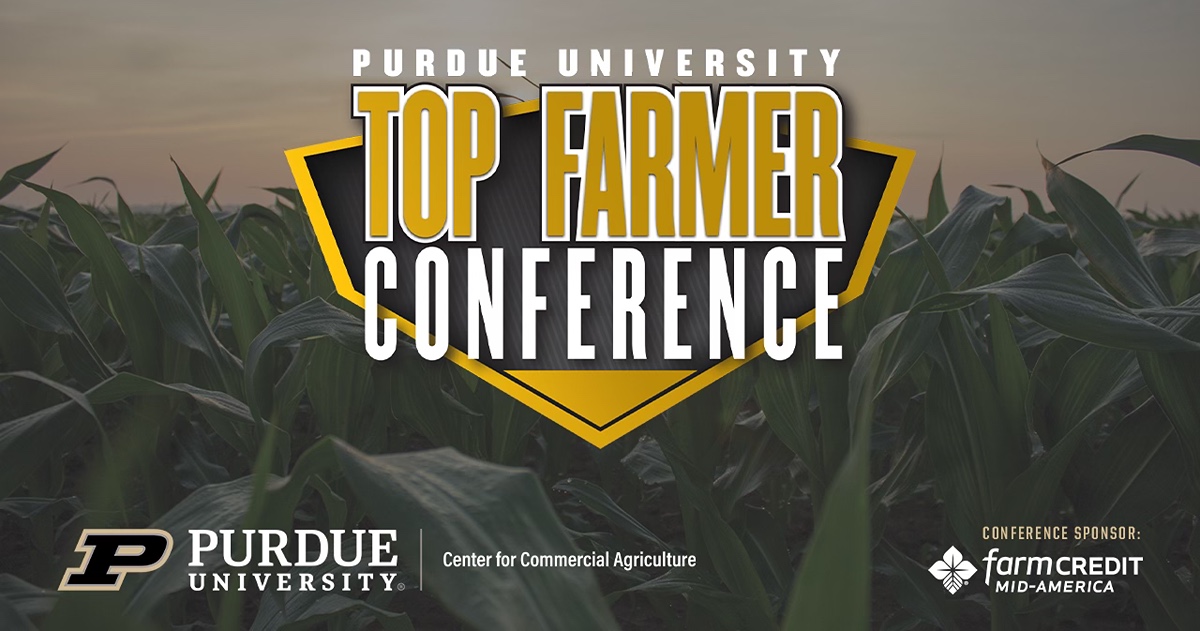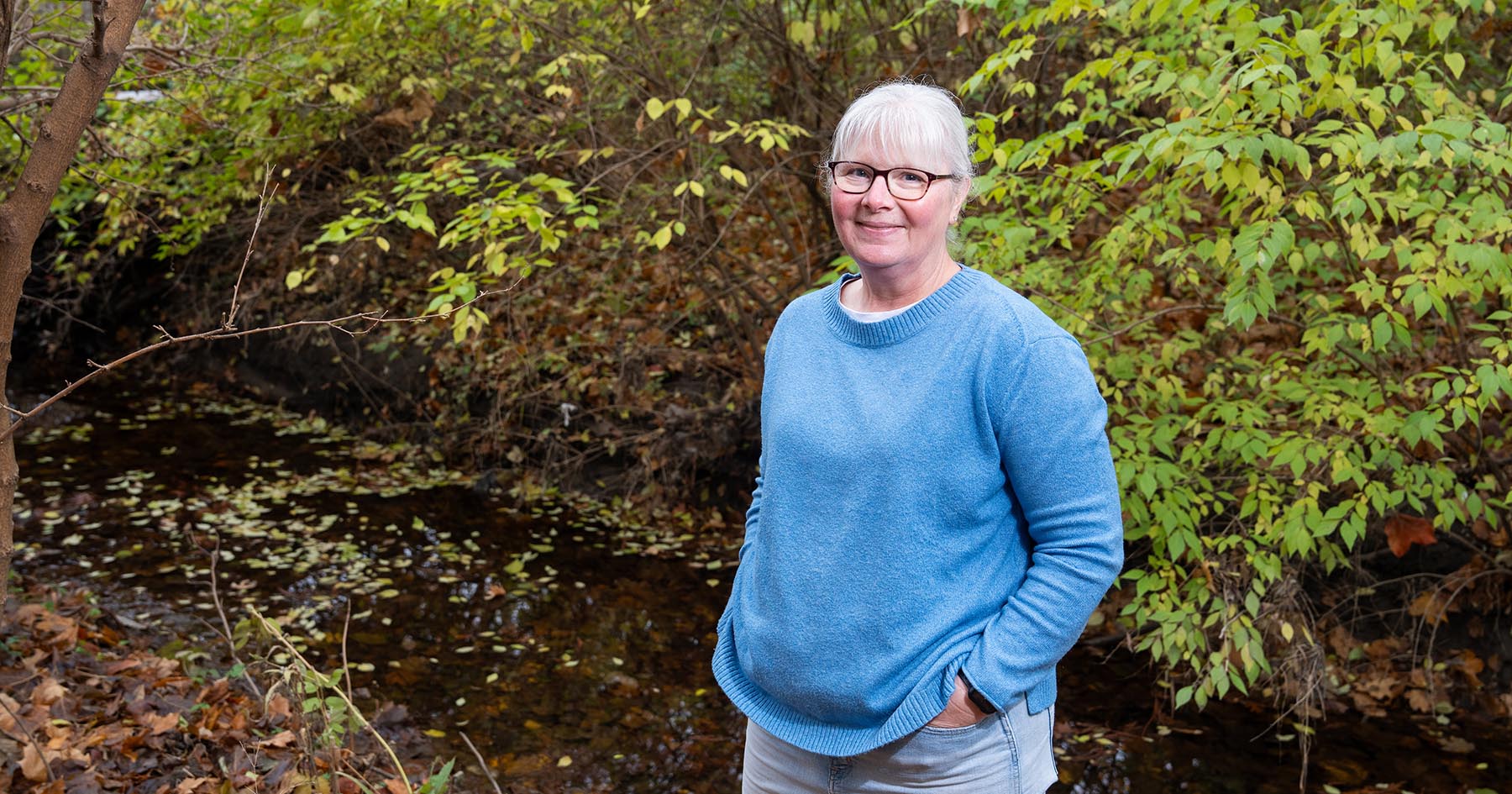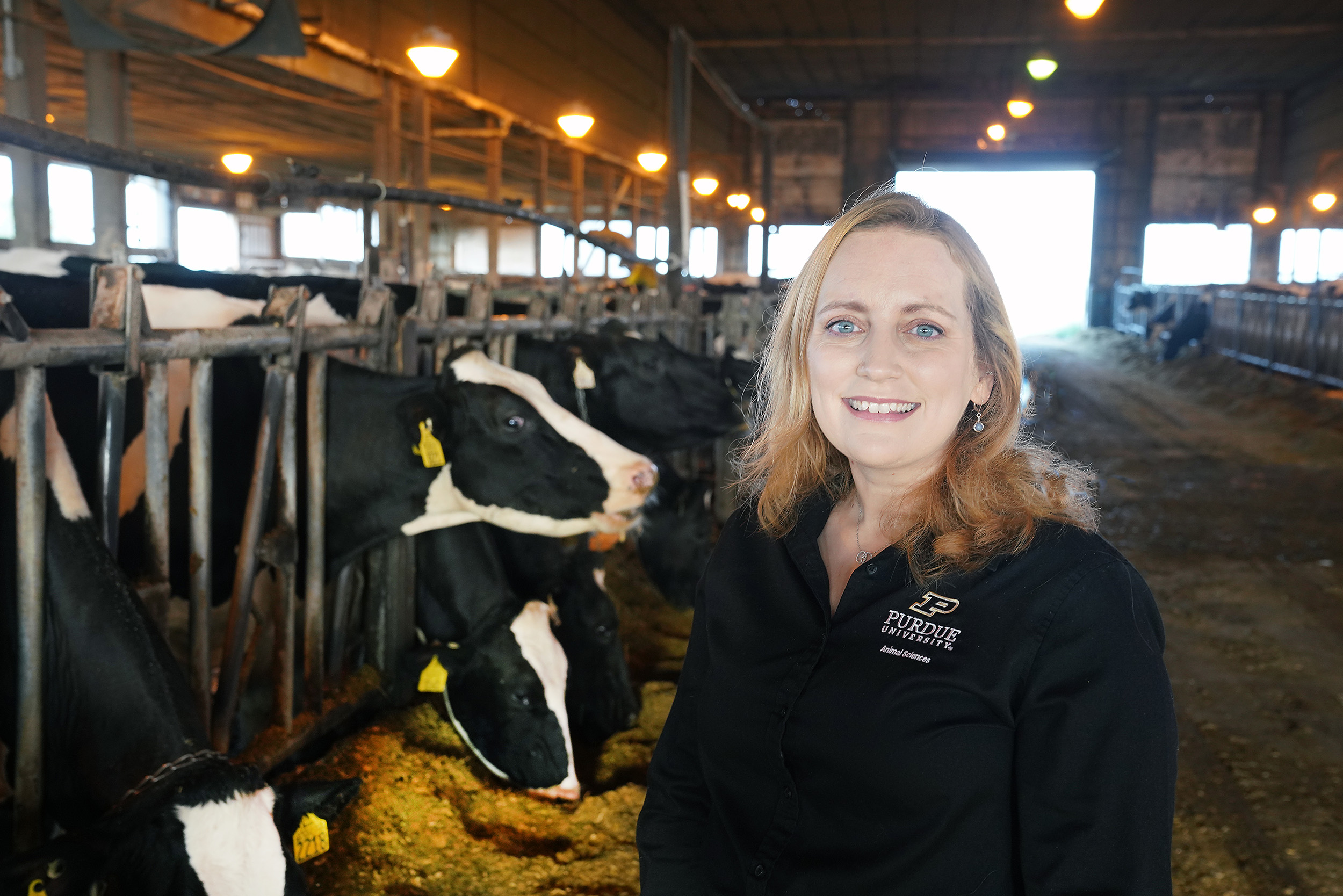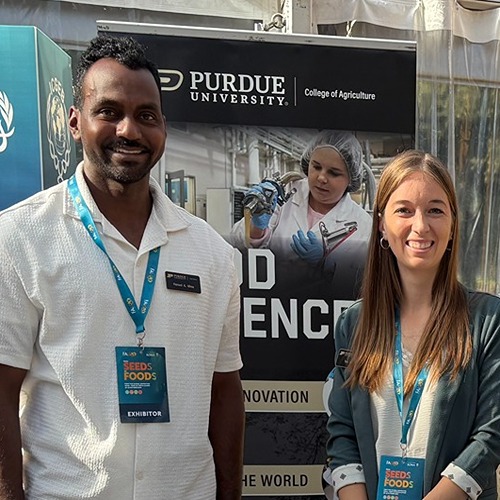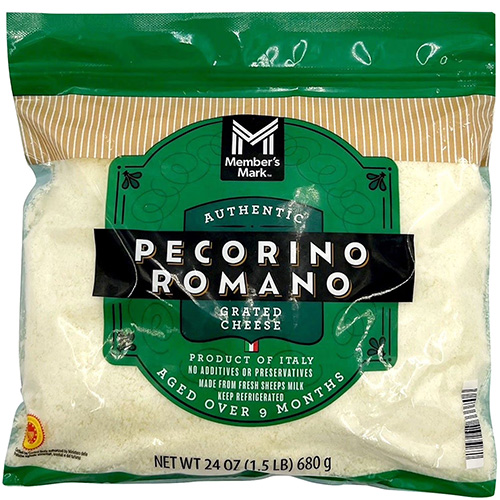COVID pandemic can lead to better food safety, if you get the right information
The COVID-19 pandemic has led to many people practicing better hand-washing and sanitation practices in their homes to stop the spread of the virus. A team of food scientists led by Purdue University believes that poses an opportunity to thwart foodborne illnesses.
There is no evidence that the SARS-Co-V-2 virus is spread through food, said Yaohua “Betty” Feng, an assistant professor in Purdue’s Department of Food Science. Still, the practices that health officials at the U.S. Centers for Disease Control and Prevention are pushing to stop the virus’ spread are the same as those that can eliminate risks associated with foodborne Salmonella, E.coli, Listeria and other pathogens.
“If you look to the CDC, they will tell you to wash hands for 20 seconds and clean surfaces with soap and water and sanitize them,” Feng said. “These are important practices for stopping the spread of COVID and would serve us well if people continue them when the pandemic comes to an end.”
The key, Feng said, is to make sure that the information you’re getting is correct, and that isn’t always the case. The team analyzed 85 YouTube videos — from the U.S. and Canada, in English and with 500 or more views — that promote food safety as part of the strategy to mitigate the COVID-19 risk. Feng and Wenqing (Wennie) Xu, an assistant professor in the School of Nutrition and Food Sciences at Louisiana State University AgCenter, reported in the Journal of Food Protection that many videos, even when citing accurate sources like the CDC, didn’t always present the correct information to audiences.
About 69% of videos presented hand-washing procedures, but in only 41% of those did the hosts use soap. Less than one-third mentioned hand sanitizer. Of those who washed produce, 16% used soap and 12% used other chemical cleansers, which do not meet CDC guidelines of using only water. Soaps and cleansers raise the risk of causing diarrhea if not rinsed properly.
CDC guidelines recommend following four simple steps for reducing the risk of food poisoning — clean, separate, cook and chill:
- Clean: Wash hands for 20 seconds with soap and running water before, during and after preparing food and before eating; wash utensils, cuttings boards and counters with hot, soapy water; and rinse raw fruits and vegetables under running water.
- Separate: Use separate cutting boards for raw meats, poultry and seafood, and keep these raw foods away from other ready-to-eat foods while shopping and in the refrigerator.
- Cook: Ensure that all foods are cooked to the proper temperature, which varies between 145 degrees and 165 degrees depending on the type of protein.
- Chill: Place perishable foods inside a refrigerator set to 40 degrees or lower within two hours; and thaw foods in cold water, the refrigerator or a microwave, but never alone on the countertop.
Feng said that while many of the YouTube videos offered correct information, it’s important for viewers to check the sources cited and ensure they’re following proper recommendations.
“While COVID doesn’t seem to be spread through food, many people are taking precautions with their food to protect themselves from the possibility. These actions will also keep them safe from common foodborne pathogens,” Feng said. “I hope that people get into the habit of washing hands and cleaning surfaces and keep them up. I encourage anyone who wants to keep themselves safe from these pathogens to do their homework, get accurate information and follow best practices.
“I encourage social media influencers to be more accurate and use science-based information when developing public health messages for the audiences that trust and follow their recommendations,.”
The USDA’s National Institute of Food and Agriculture partially supported Feng’s work.

